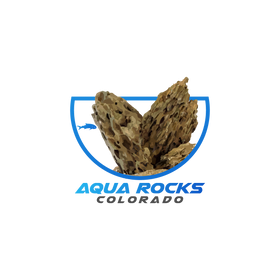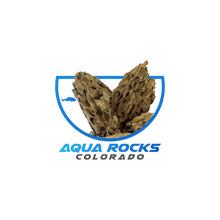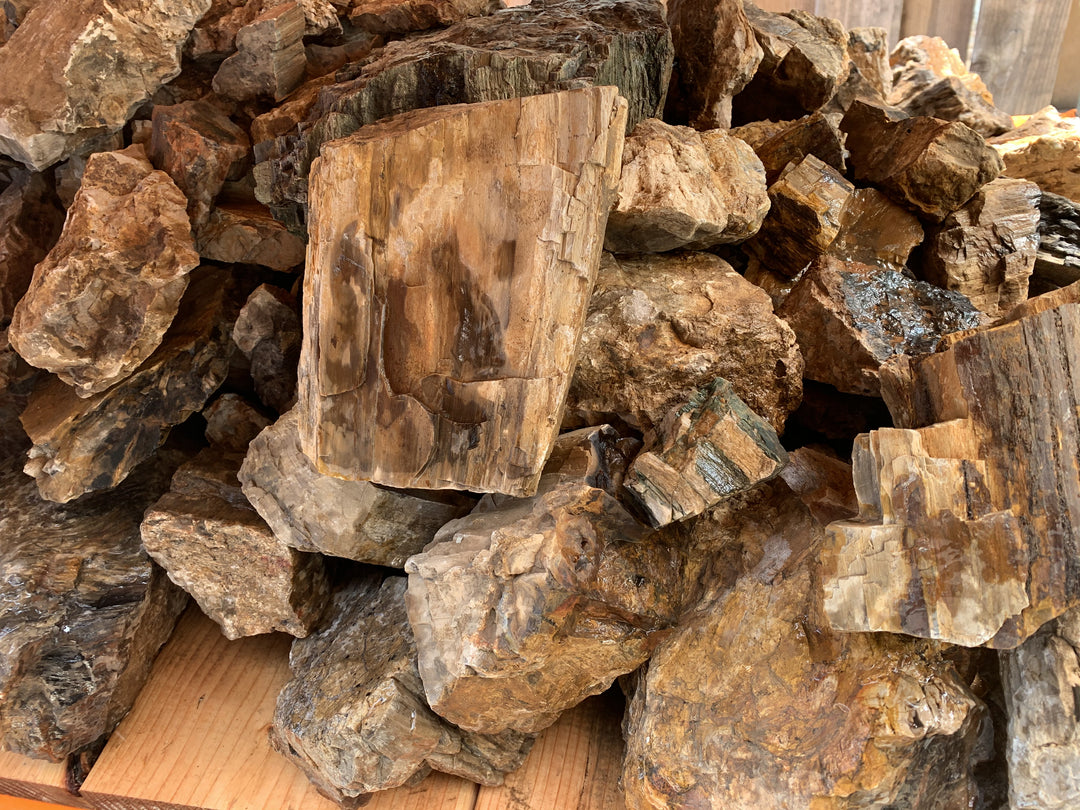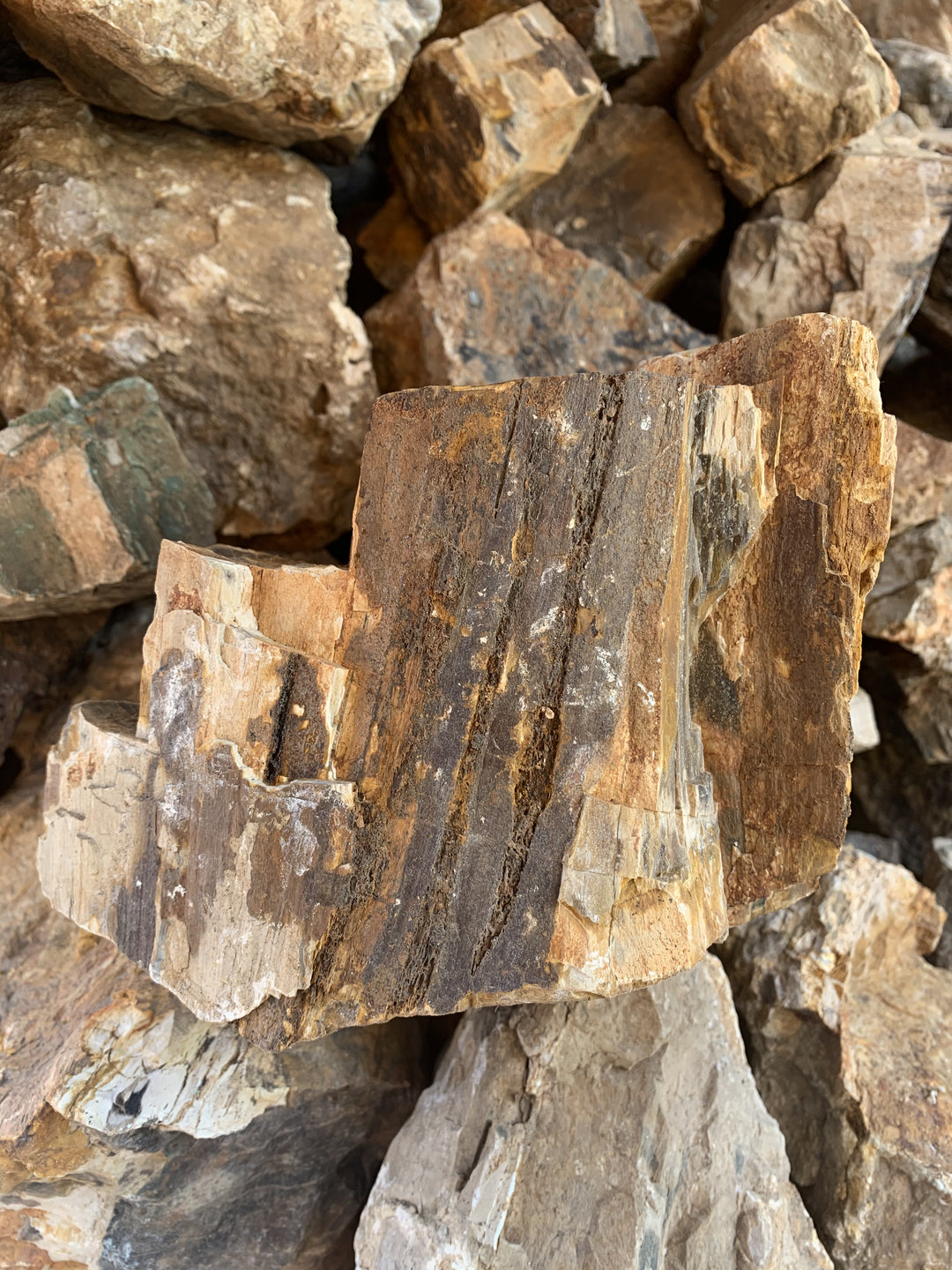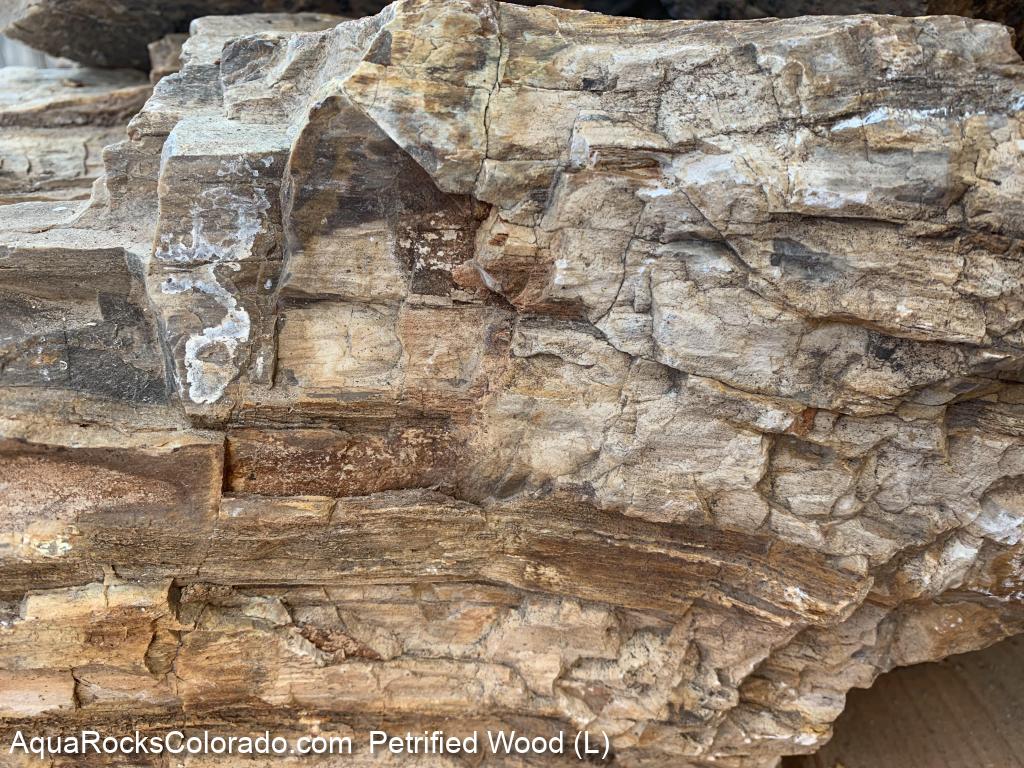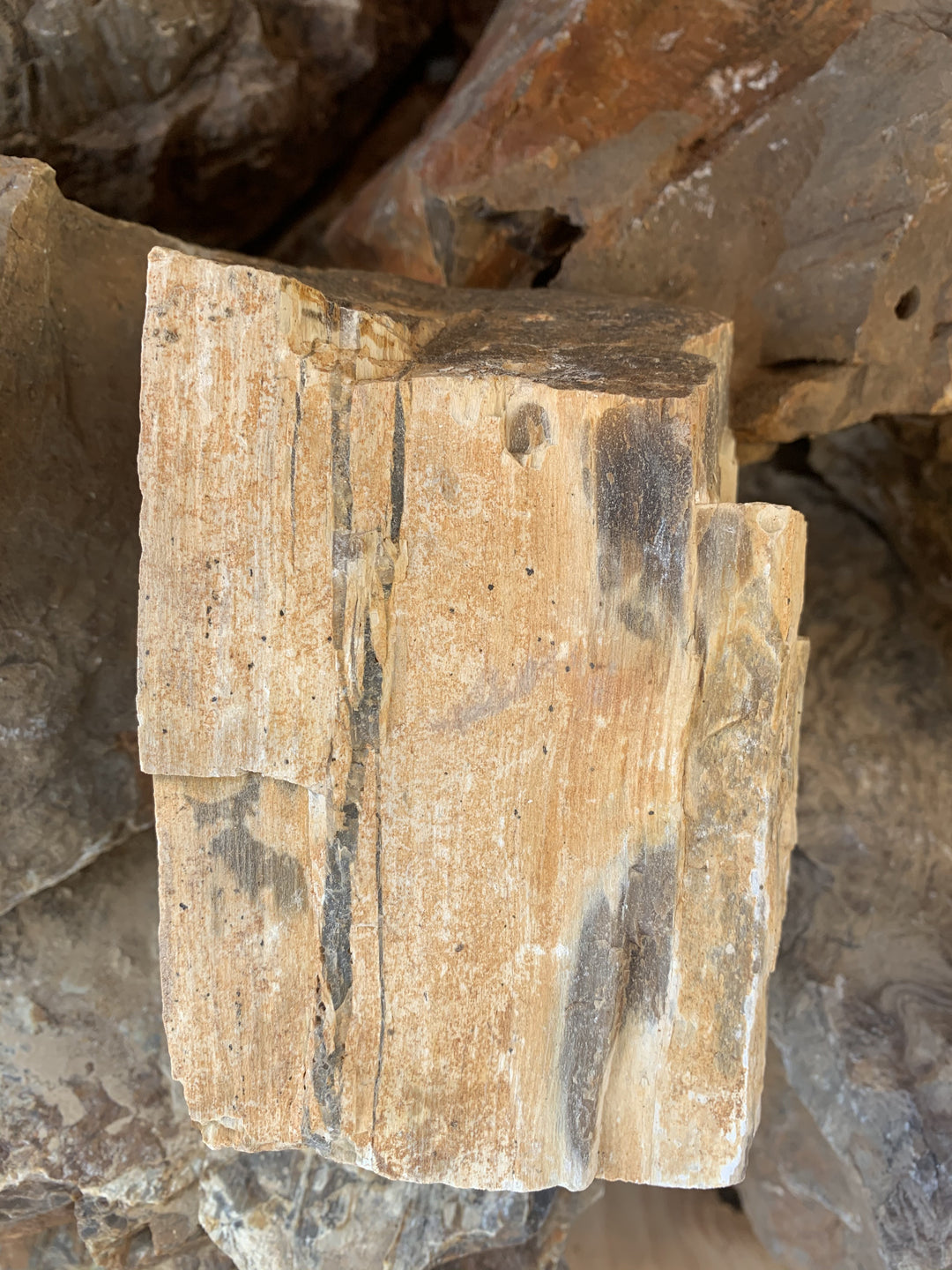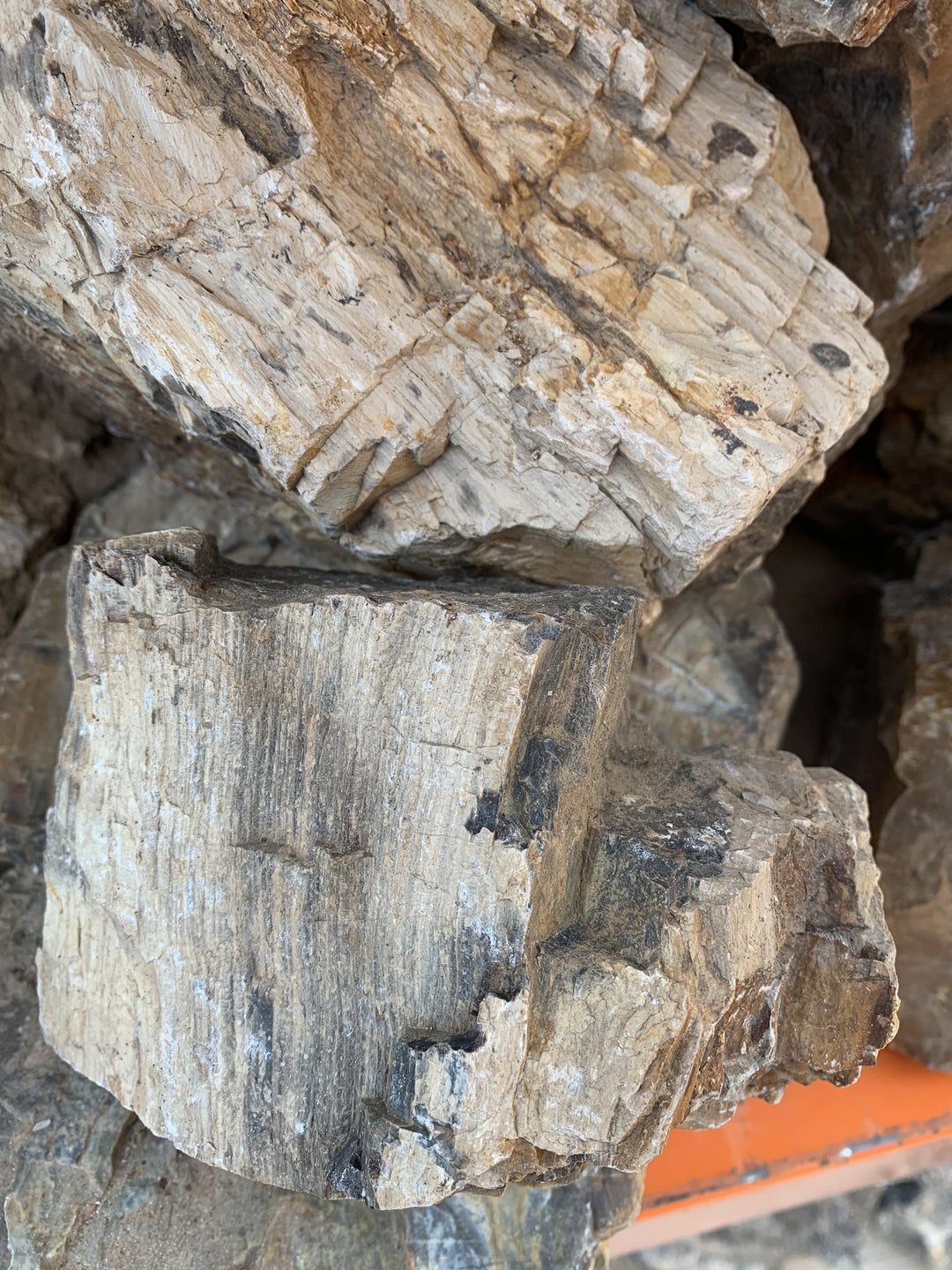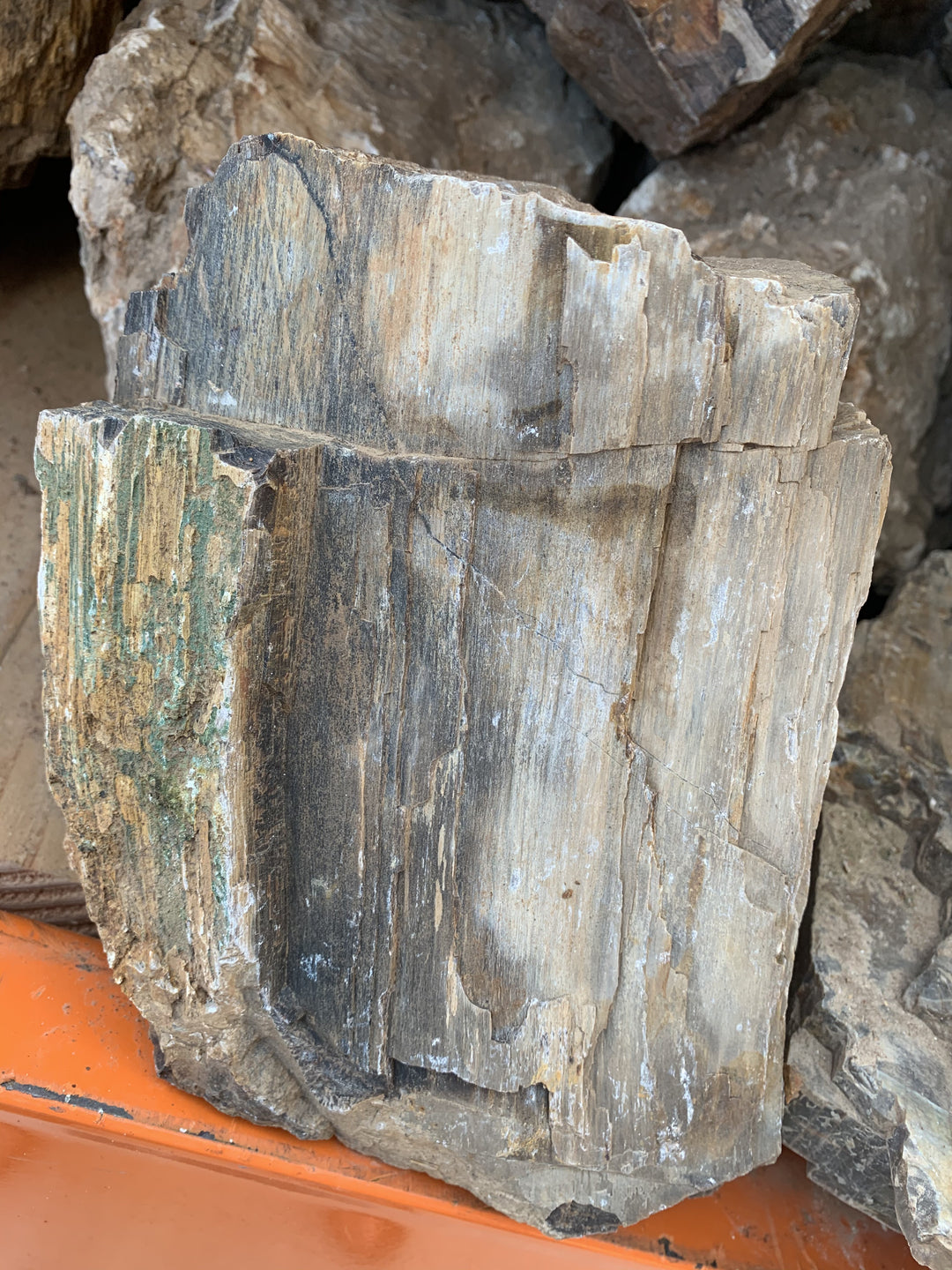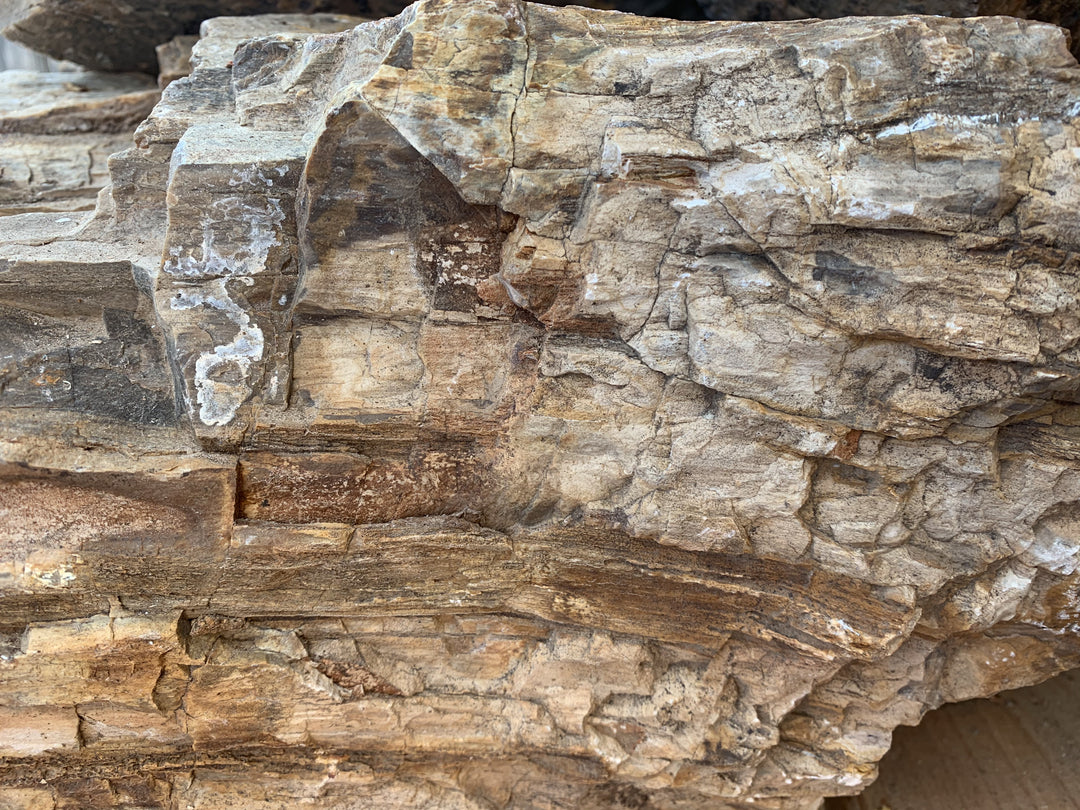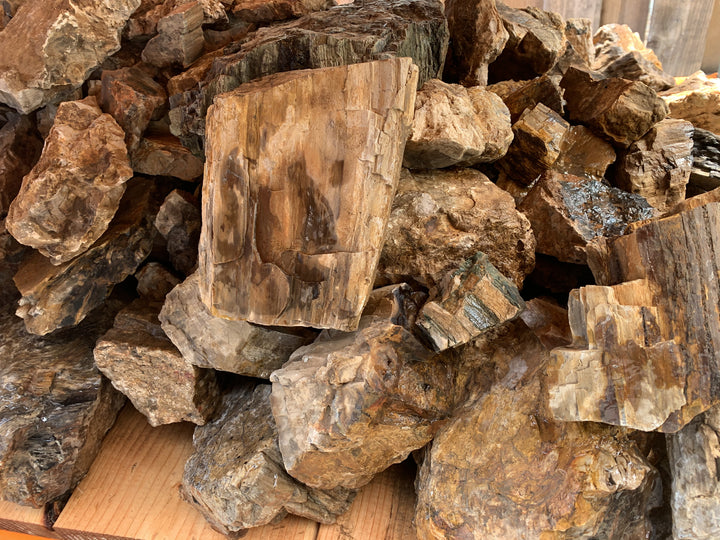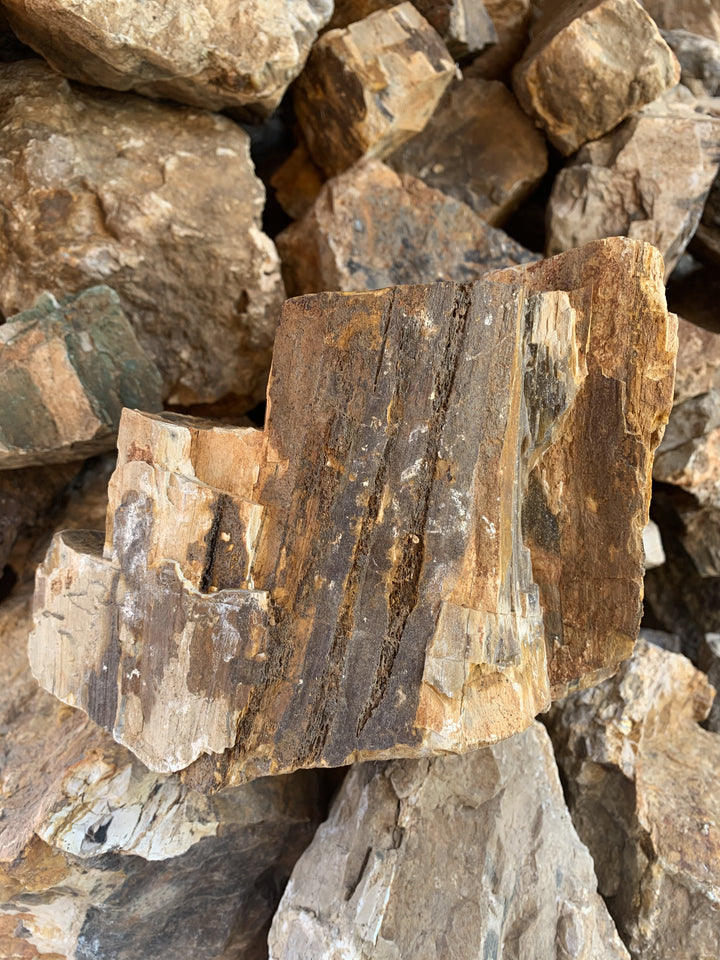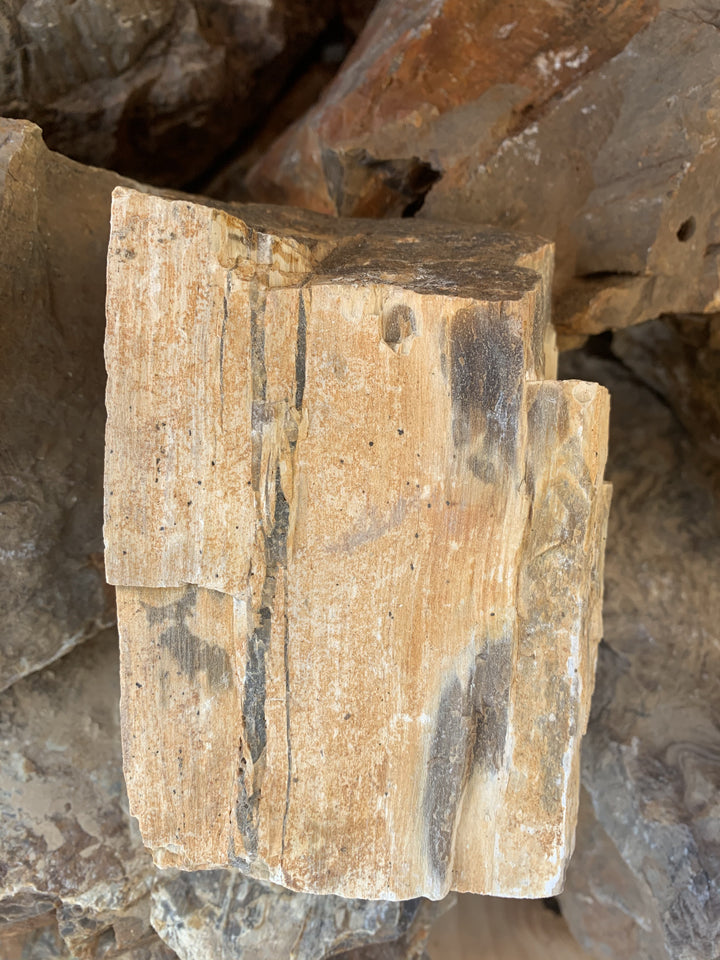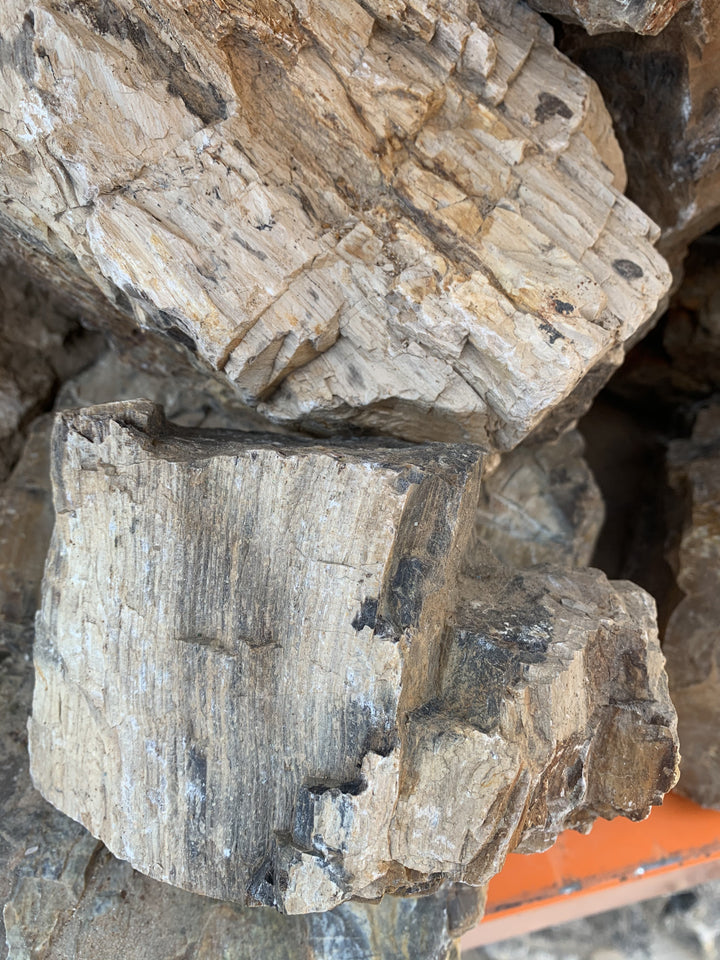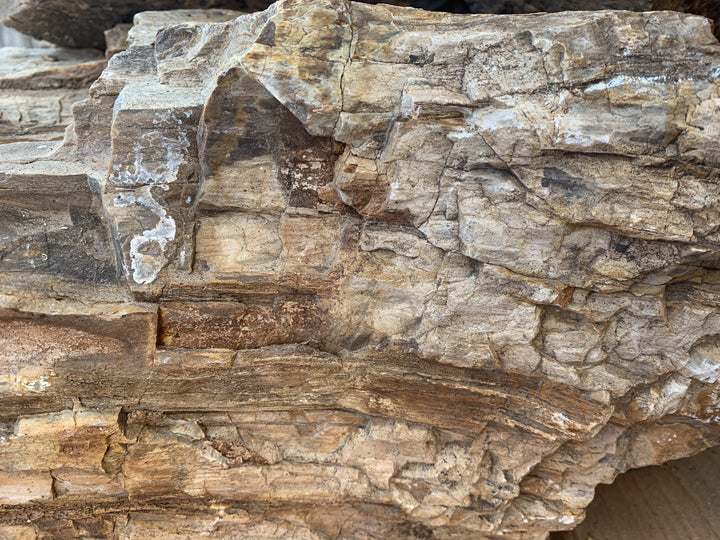- Home
-
All Products
- ARC BLOGS
- About Us
- Shipping Policy
- Wholesale
PERSONAL SHOPPER SERVICEFree Hand Pick Service
We select hardscape based on your request and ALWAYS provide pictures for approval before shipping.
We select hardscape based on your request and ALWAYS provide pictures for approval before shipping.
We select hardscape based on your request and ALWAYS provide pictures for approval before shipping.
We select hardscape based on your request and ALWAYS provide pictures for approval before shipping.
We select hardscape based on your request and ALWAYS provide pictures for approval before shipping.
We select hardscape based on your request and ALWAYS provide pictures for approval before shipping.
We select hardscape based on your request and ALWAYS provide pictures for approval before shipping.
We select hardscape based on your request and ALWAYS provide pictures for approval before shipping.
We select hardscape based on your request and ALWAYS provide pictures for approval before shipping.
We select hardscape based on your request and ALWAYS provide pictures for approval before shipping.
We select hardscape based on your request and ALWAYS provide pictures for approval before shipping.
We select hardscape based on your request and ALWAYS provide pictures for approval before shipping.
We select hardscape based on your request and ALWAYS provide pictures for approval before shipping.
We select hardscape based on your request and ALWAYS provide pictures for approval before shipping.
We select hardscape based on your request and ALWAYS provide pictures for approval before shipping.
We select hardscape based on your request and ALWAYS provide pictures for approval before shipping.
We select hardscape based on your request and ALWAYS provide pictures for approval before shipping.
We select hardscape based on your request and ALWAYS provide pictures for approval before shipping.
We select hardscape based on your request and ALWAYS provide pictures for approval before shipping.
We select hardscape based on your request and ALWAYS provide pictures for approval before shipping.
We select hardscape based on your request and ALWAYS provide pictures for approval before shipping.
We select hardscape based on your request and ALWAYS provide pictures for approval before shipping.
We select hardscape based on your request and ALWAYS provide pictures for approval before shipping.
We select hardscape based on your request and ALWAYS provide pictures for approval before shipping.
We select hardscape based on your request and ALWAYS provide pictures for approval before shipping.
We select hardscape based on your request and ALWAYS provide pictures for approval before shipping.
We select hardscape based on your request and ALWAYS provide pictures for approval before shipping.
We select hardscape based on your request and ALWAYS provide pictures for approval before shipping.
We select hardscape based on your request and ALWAYS provide pictures for approval before shipping.
We select hardscape based on your request and ALWAYS provide pictures for approval before shipping.
We select hardscape based on your request and ALWAYS provide pictures for approval before shipping.
We select hardscape based on your request and ALWAYS provide pictures for approval before shipping.
We select hardscape based on your request and ALWAYS provide pictures for approval before shipping.
We select hardscape based on your request and ALWAYS provide pictures for approval before shipping.
We select hardscape based on your request and ALWAYS provide pictures for approval before shipping.
Xmas ALL MONTH
SALE ON ROCKS & DRIFTWOOD
Buy $100 or more get 10% OFF "XMAS10"
Buy $300 or more get 15% OFF "XMAS15"
Buy $500 or more get 20% OFF "XMAS20"
12
DAYS12
HOURS12
MINUTES12
SECONDSSALE IS OVER!
